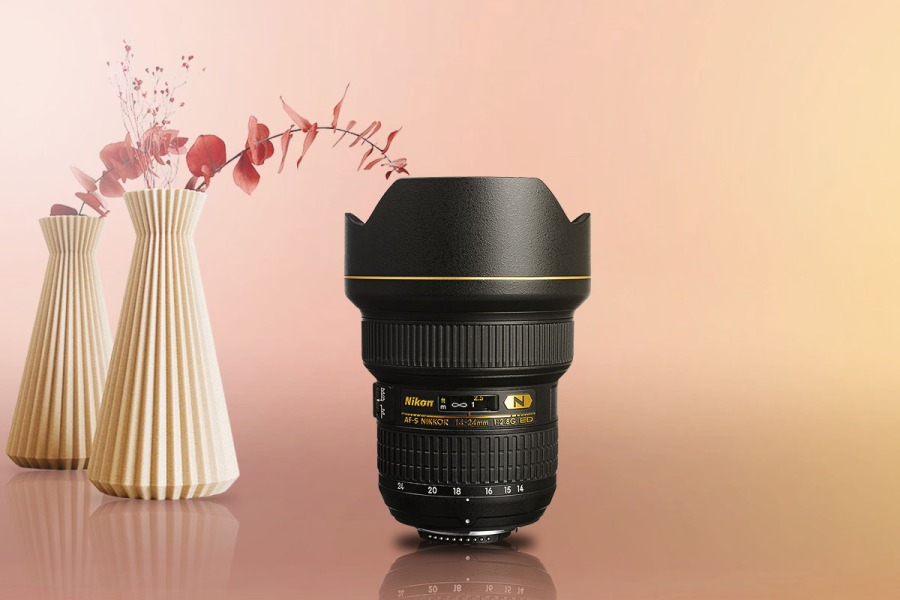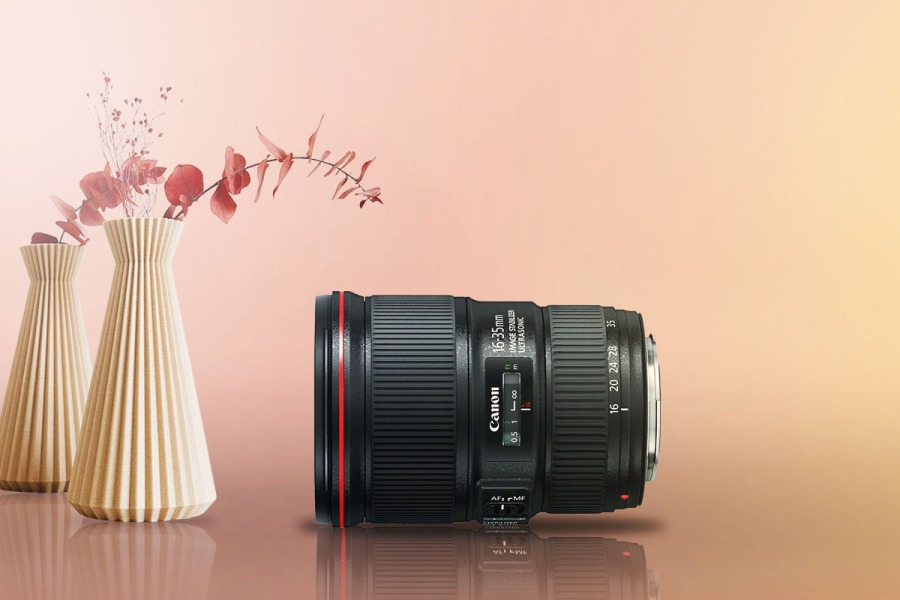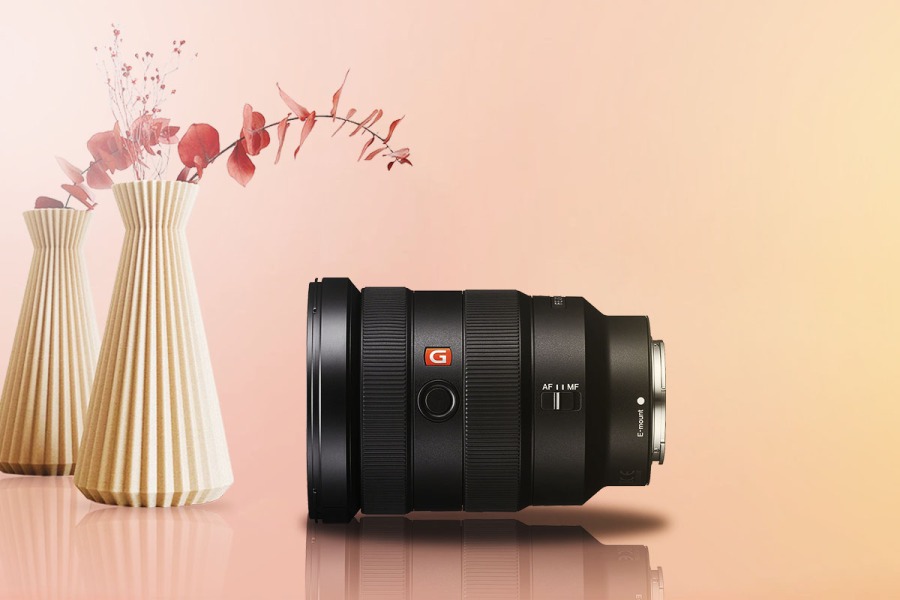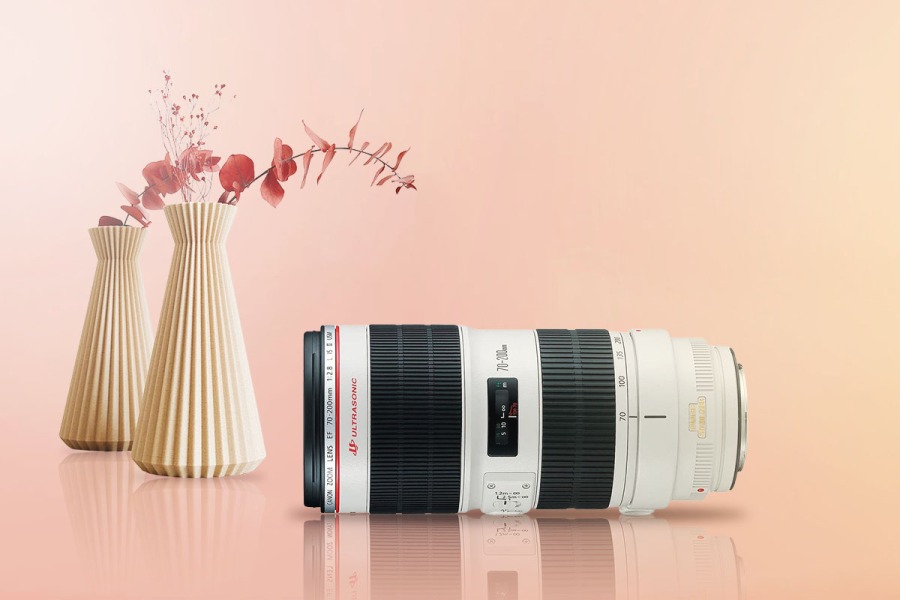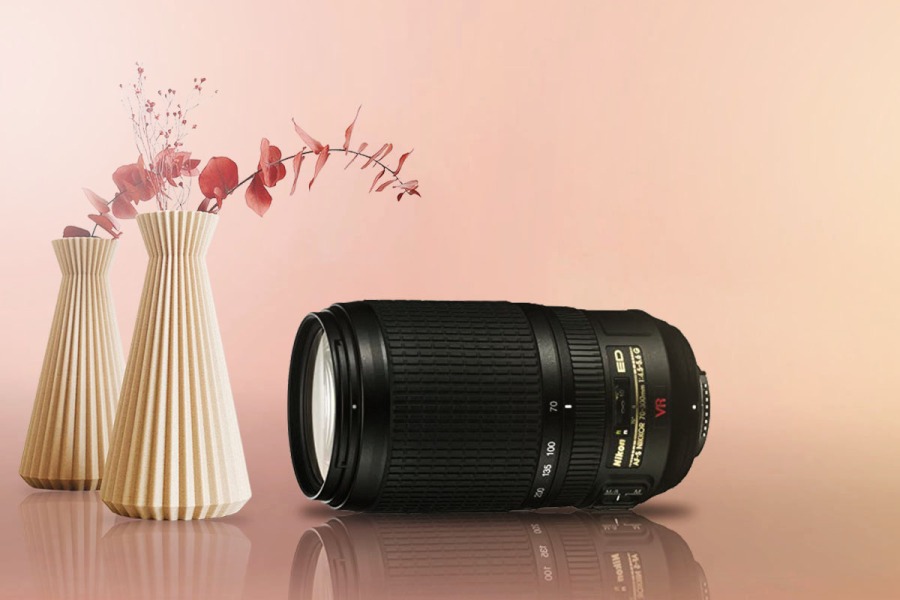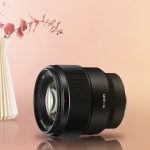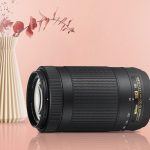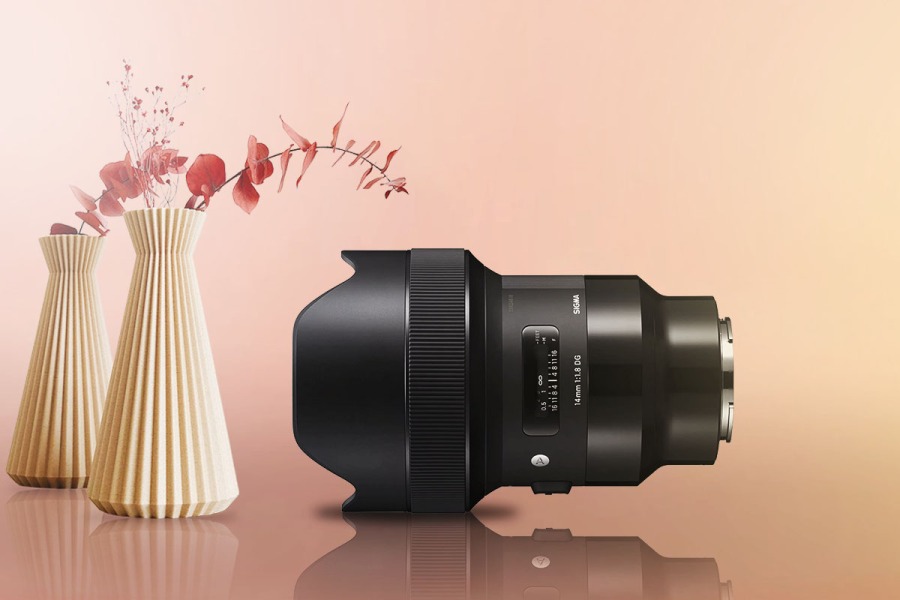
There’s nothing lovelier and more wonderful than springtime, with spring getting closer the flowers will bloom, and so will your hope to be a great nature photographer.
While the camera will be your first purchase, the next thing you should consider the most is the lens.
In this article, you will find the best lenses for nature photography.
A Quick Look at My Favorite Lenses for Nature Photography
| Image | Product | Features | Price |
|---|---|---|---|
Best Ultra-Wide 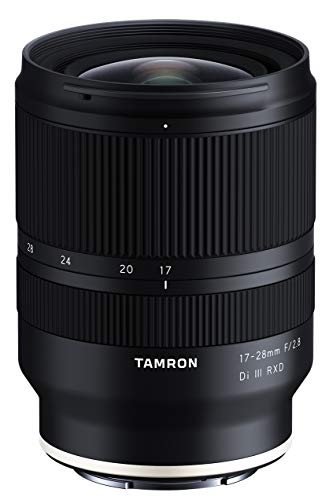 | 10 | Check Price On Amazon | |
Best for Nighttime Nature  | 9 | Check Price On Amazon | |
Best For Landscape  | 8.6 | Check Price On Amazon | |
Most Durable  | 8.5 | Check Price On Amazon | |
Best Premium  | 8.6 | Check Price On Amazon | |
Best AutoFocus  | 8.2 | Check Price On Amazon | |
Most Versatile  | 8 | Check Price On Amazon |
Key Takeaways
- Lenses for nature photography will accompany you in every season, especially during springtime.
- If you need a lens for any angle of view, you might want to check out Nikon 70-300 mm f/4-5.6G.
- I love image stabilization, and if it were for me, I would choose Canon EF 70-200mm f/2.8L IS II.
- The focal length and durability are the main features to look for in a lens for nature photography.
To make things easier for you, in this article I have rounded up what I feel are the best lenses for nature photography.
Top 7 Best Lens for Nature Photography
7. Tamron 17-28mm f/2.8 Di III RXD – Best Ultra-Wide
What I Like
- Lightweight
- Weather-Sealed
- No Chromatic Aberration
What I Don’t Like
- No Image-Stabilization
Starting things with a pick from Tamron, the Tamron 17-28mm f/2.8 Di III RXD.
This is a large ultra-wide aperture zoom lens that was designed for Sony’s E-mount mirrorless camera.
It measures 3.9 x 2.87 x 2.87 inches and weighs 0.93 lbs. It provides unrivaled portability, without leaving the superb image quality behind. It also features a moisture resistance and fluorine coating that repels fingerprints and dirt.
Also, the combination of ultra-wide-angle focal length and minimum object distance of 0.19m, encourages rich and expressive photography. To fight chromatic aberration Tamron implanted an LD (Low Dispersion) and XLD (eXtra Low Dispersion) technology.
As far as aperture goes, it has a maximum aperture of f/2.8 and a minimum one of f22.
Why should you buy it?
It is a lens that you can’t go wrong with, especially if you pick it for nature photography. Thanks to its compact and lightweight form factor it proves to be a great traveling companion, the sharp image quality, simply put for the price that it comes with, you can’t beat this lens.
Sample Pictures of Tamron 17-28mm f/2.8 Di III RXD
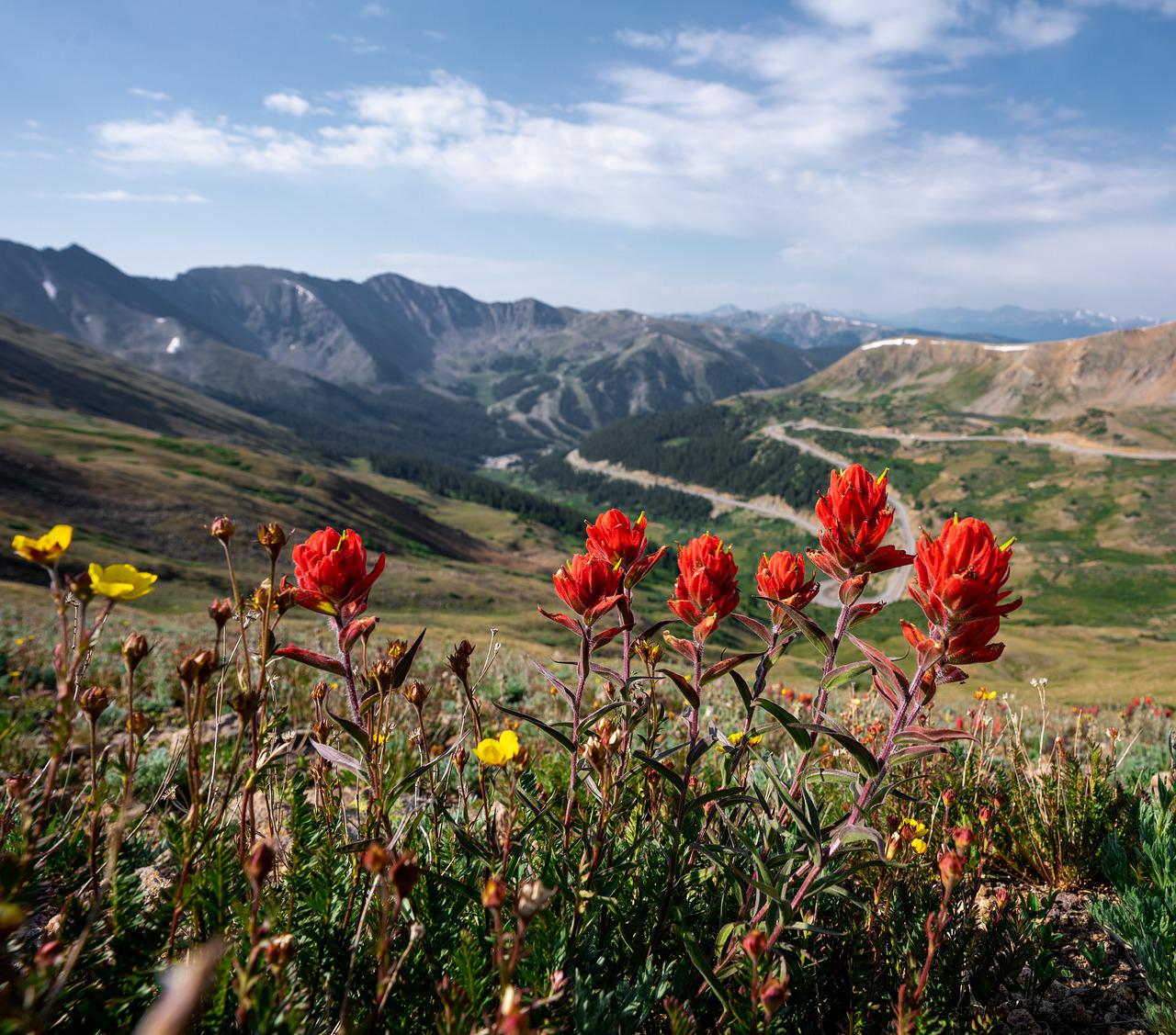
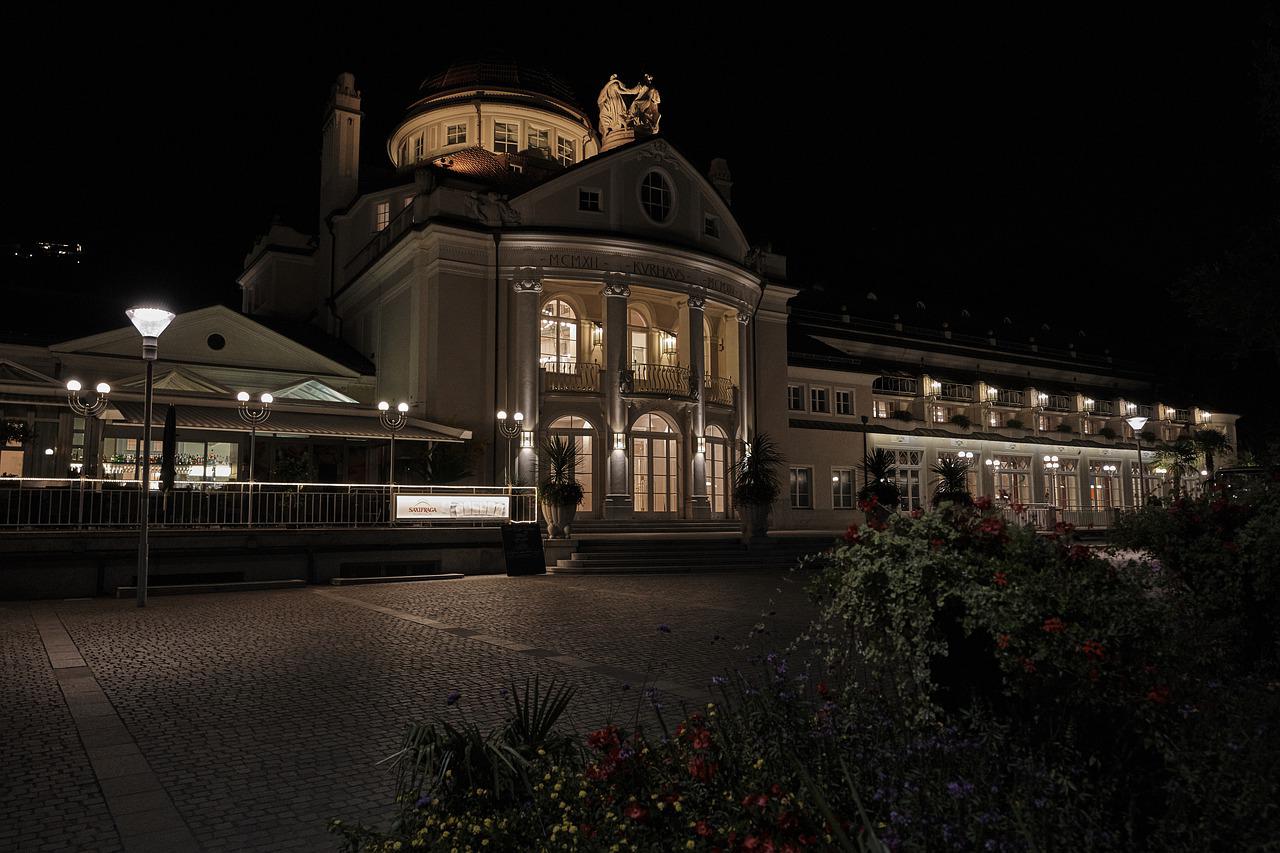

6. Sigma 14mm F/1.8 Art DG HSM – Best for Nighttime Nature
What I Like
- Super Well-Built
- Fast Performer
- Great Bokeh Effect
- Sharp
What I Don’t Like
- Highly-Priced
When Sigma announced this it made some strong claims like “world’s first and only full-frame ultra-wide-angle lens”, which somehow lives up to that. It is a lens that is optimized for extreme sharpness and no distortion that god many nature and astrophotography photographers excited.
Sigma 14mm is built to last, it has the superb build quality and it feels like a premium lens. The barrel is quite solid and made out of a combination of metal and high-quality hard plastic.
It has three FLD glass elements and four SLD glass elements that hugely contribute to reducing chromatic aberration and at the same time achieve edge-to-edge sharpness.
Lens construction consists of 16 elements in 11 groups and the minimum aperture sits at f16 while the 9 diaphragm blades contribute to the beautiful bokeh effect that we all love.
Why should you buy it?
This is among the best wide prime lenses, it has quick and snappy autofocus plus a really sharp image quality, this is an option that you can’t beat if you are all about wide-angle photography like nature and especially astrophotography. Just take in note that this is one heavy lens.
Sample Pictures of Sigma 14mm F/1.8 Art DG HSM



5. Nikon AF-S NIKKOR 14-24mm f/2.8G ED – Best for Landscape
What I Like
- Fast Aperture
- No Lens Distortion
- Wather-Sealed
What I Don’t Like
- Doesn’t Accept Filters
The next lens on the list is marketed as one of Nikon’s flagship ultra-wide-angle lenses, although it is quite old now it still holds really well.
It was designed with nature and landscape photography in mind. It is built quite tough and it is mostly made out of metal except for the front plastic hood, which doesn’t bother a lot. Just like the above option, this is a heavy lens weighing 969 grams. But looking at the bright side it is well weather sealed and it will survive what you will.
It is equipped with a silent wave motor (SWM) which drives the AF performances at maximum.
While bokeh effects are not something you find in wide-angle lenses, thanks to the 9 diaphragm blades, this Nikon lens rewards great results.
Why should you buy it?
This is a wonderful venerable ultra-wide-angle lens that exceeds in low-light photography. The most remarkable aspect of this lens is how sharp the image corners come even though it is wide open, besides the heavyweight, nothing is stopping this lens from being one of the best wide-angle lenses you can buy for your Nikon camera.
Sample Pictures of Nikon AF-S NIKKOR 14-24mm f/2.8G ED


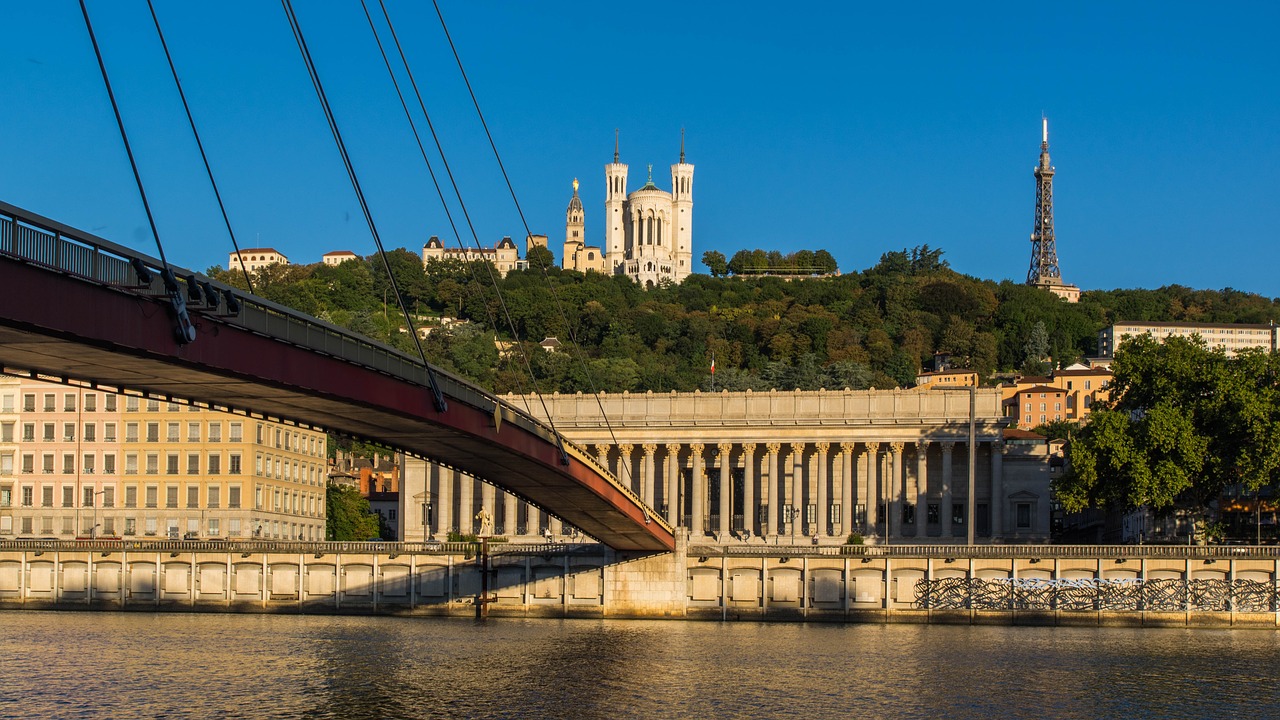
4. Canon EF 16-35mm f/4L IS USM – Most Durable
What I Like
- Perfectly Built
- Great Focus Ring
- Fluorine Coating Included
What I Don’t Like
- No Aperture Adjustments
Next, we have a lens that brings great value to the table for a reasonable price, the Canon EF 16-35mm f/4L IS USM. Without a doubt that the special thing about this lens is the value it represents, if you are a photographer that is working on a tight budget you can’t go wrong with this one.
It is built to a pro-grade standard, such as being really robust and weather sealed.
The optical highlights include two Ultra-low dispersion elements and super spectra plus fluorine coating.
Being a full-frame lens, the 108-degree viewing angle of the EF 16-35mm f/4L IS is close to that of a zoom lens starting at 10mm on an APS-C camera. However, a drawback to this is that the Canon’s EF’s 16-35mm f/4L IS USM tele end stretches further than many of the competing lenses; it is understandable when you think of the given price.
The focus ring of this Canon lens is quite nice and wide, it uses a smooth and fluid operation that also features an image stabilizer.
Why should you buy it?
Due to weather seals and a fluorine coating makes the Canon EF 16-35mm f/4L IS USM is a great outdoor companion that comes at a reasonable price without leaving good performances behind.
Sample Pictures of Canon EF 16-35mm f/4L IS USM
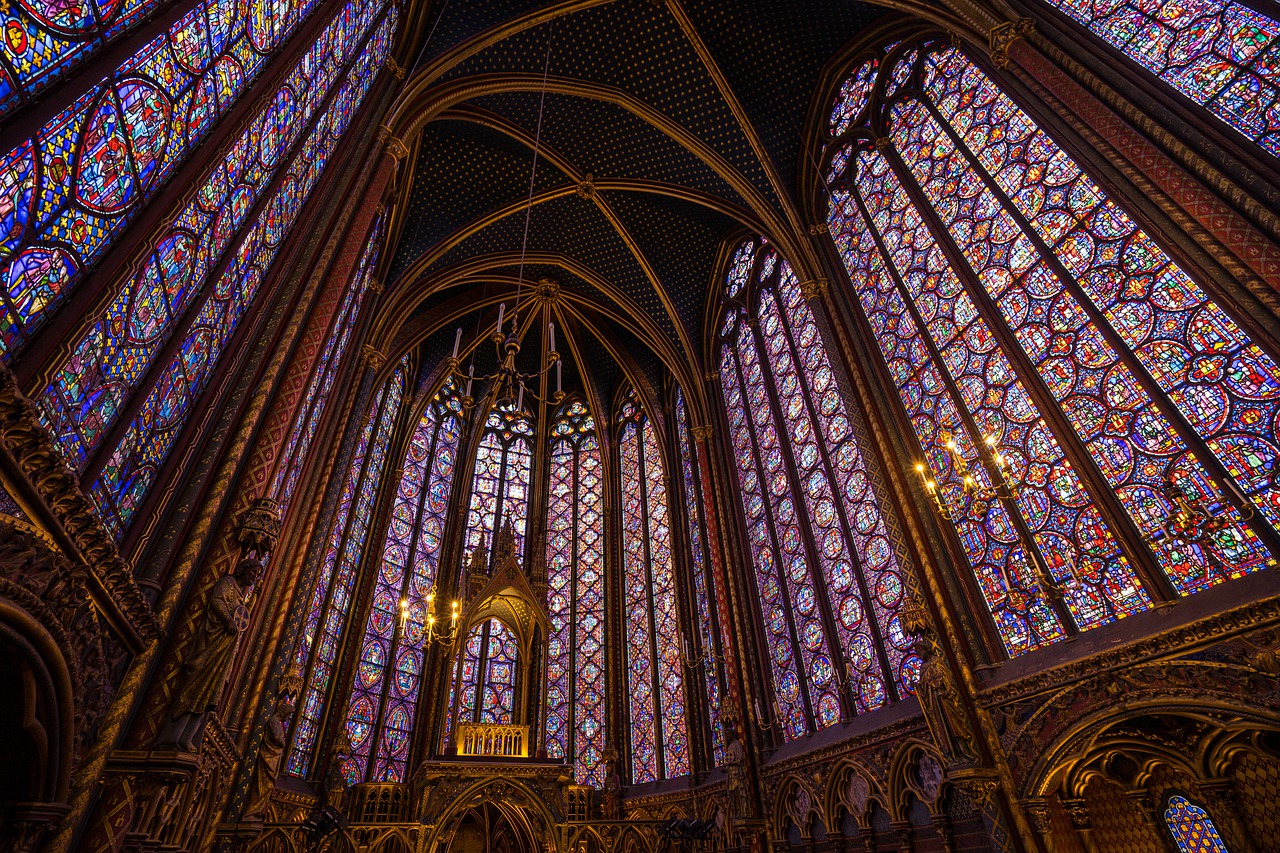

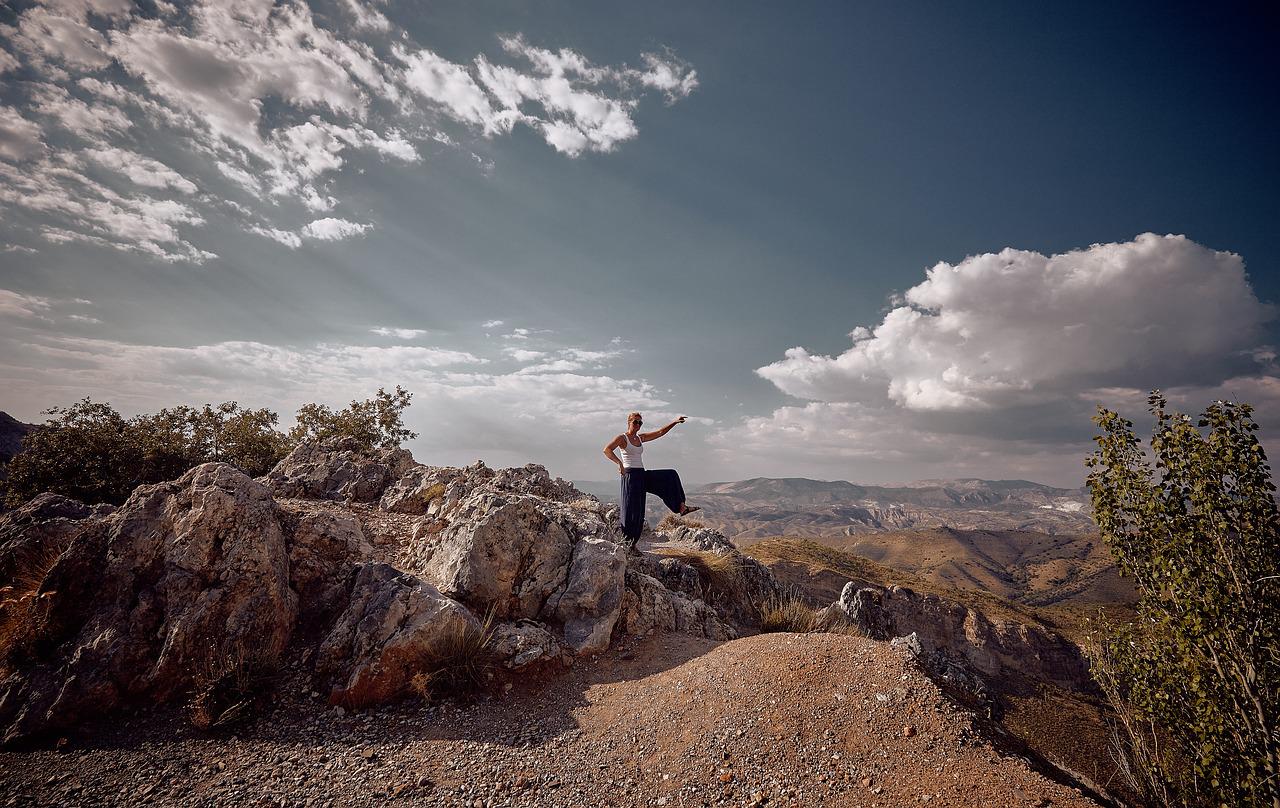
3. Sony – FE 16-35mm F2.8 GM – Best Premium
What I Like
- 11 Aperture Blades
- Super-Smooth Bokeh
- Dust and Moisture Resistant
- Focus Hold Button Included
What I Don’t Like
- Super-Expensive
Coming in next with a premium wide-angle zoom lens from Sony’s line-up, that was designed with full-frame mirrorless cameras in mind. It promises to deliver expectational image quality.
This lens is also part of Sony’s G Master series, which basically is a designation for its premium lenses that deliver the sharpest image possible. The barrel comes in polycarbonate material and has a black finish.
This lens focuses to 11 inches throughout its zoom range, while it is not capable of providing the same intense magnification as a macro lens, it still holds up pretty well.
It features an 11-blade design that provides a creamy and smooth bokeh effect, even though you won’t use this much in nature photography, it is still a great addition to have.
As for the autofocus, you don’t have to worry, since the known Sony autofocus is implanted on this lens too.
Why should you buy it?
You should know that this lens comes with a painful price, unlike the above option from Canon. But if you can bypass that, no doubt that this is a terrific lens that will reward you in many aspects. The insanely fast autofocus and the sharpness it provides are simply unbeatable.
Sample Pictures of Sony – FE 16-35mm F2.8 GM

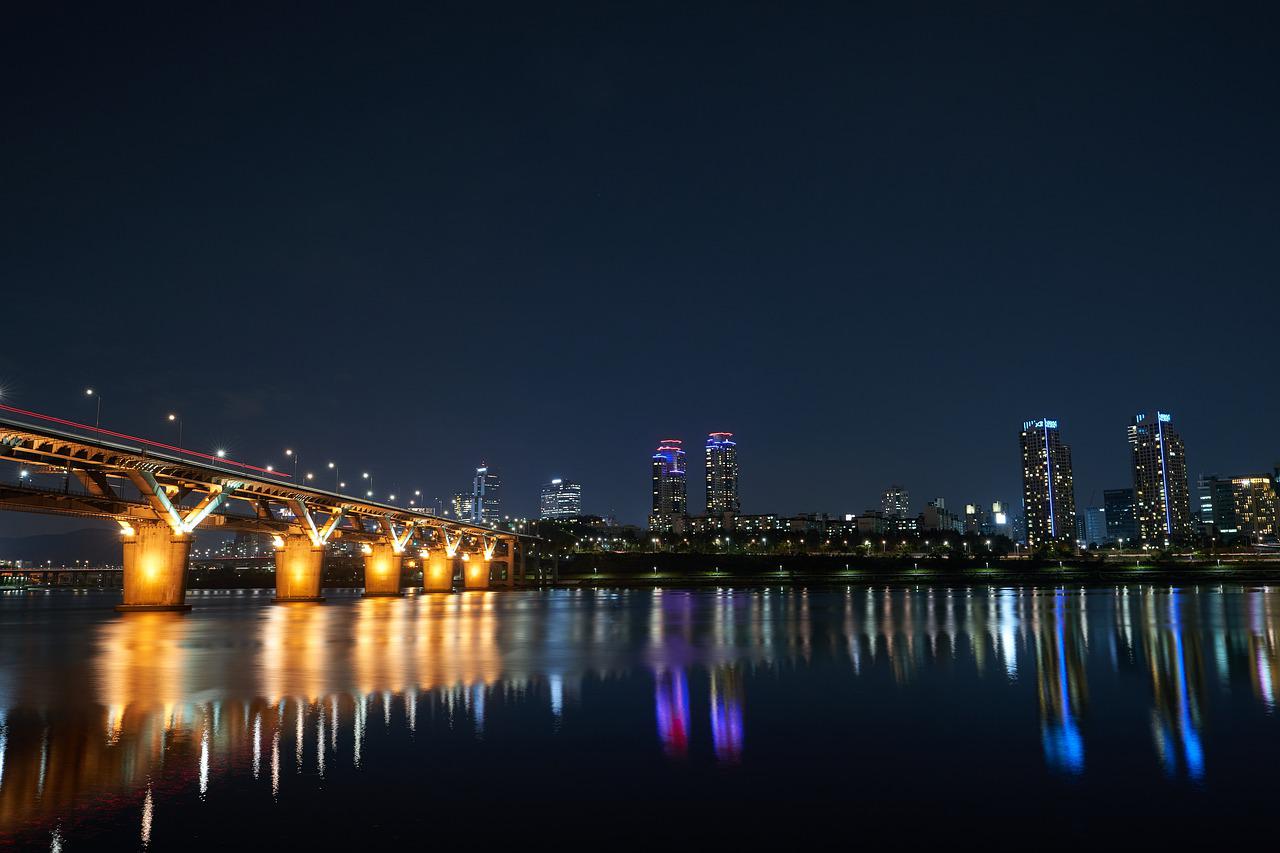
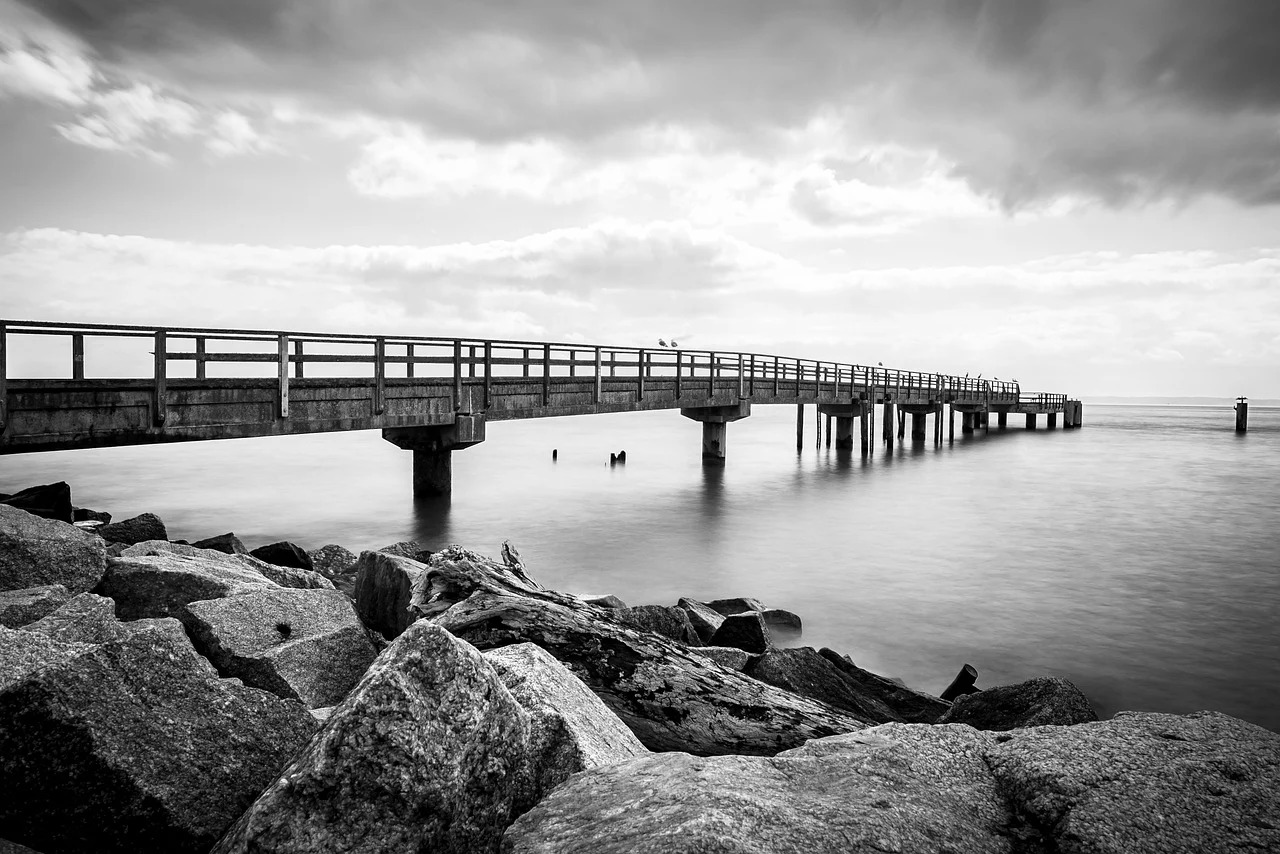
2. Canon EF 70-200mm f/2.8L IS II – Best AutoFocus
What I Like
- Impressive AutoFocus
- Image-Stabilizer Included
- Greatly Built
- Works With Many Filters
What I Don’t Like
- Bit Heavy
To make things more interesting, introduce a telephoto lens from Canon. Canon is well known for its telephoto lenses, and the Canon EF 70-200mm f/2.8L IS II is no exception.
As soon as you spot the off-white design, you know that this is one capable lens.
Being part of the L series the 70-200mm is built in a superb way. It sports a sturdy, all-metal body that is weather sealed throughout. This guarantees that the lens is made to last and withstand the elements, so do not hesitate to bring it with you, when you hit it off in mother nature.
To help you capture every moment possible, the EF 70-200m f/2.8L IS II USM uses an inner focusing ring that is known as USM (Ultrasonic Motor) system that helps on delivering fast, precise and near-silent performance.
At the same time, it will provide sharp images at any zoom length. For those consistently sharp results, it boasts a powerful image stabilizer system.
Why should you buy it?
If the heavyweight is not a problem, in one word this lens is, splendid. It is everything it has been built to be, the images come in tack sharp and the autofocus is just phenomenal.
Sample Pictures of Canon EF 70-200mm f/2.8L IS II

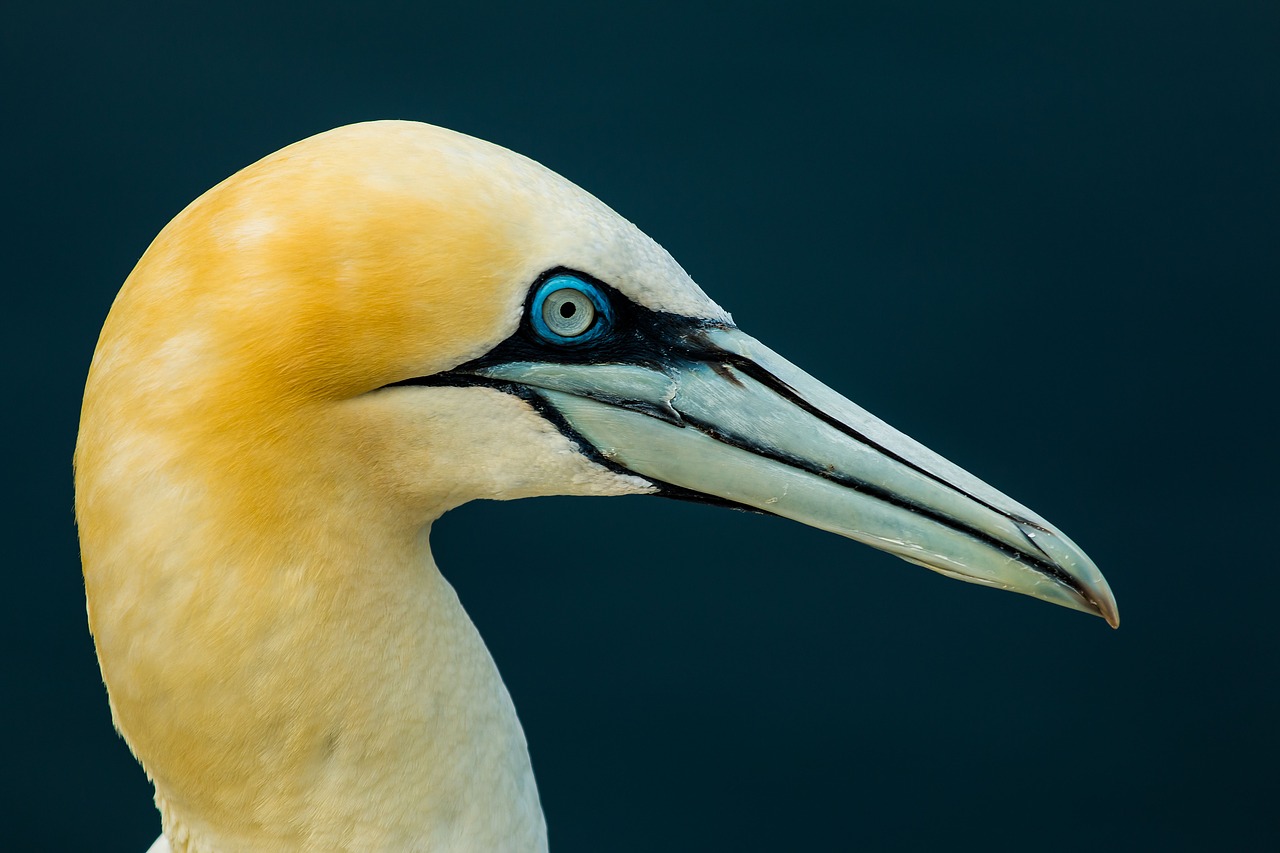
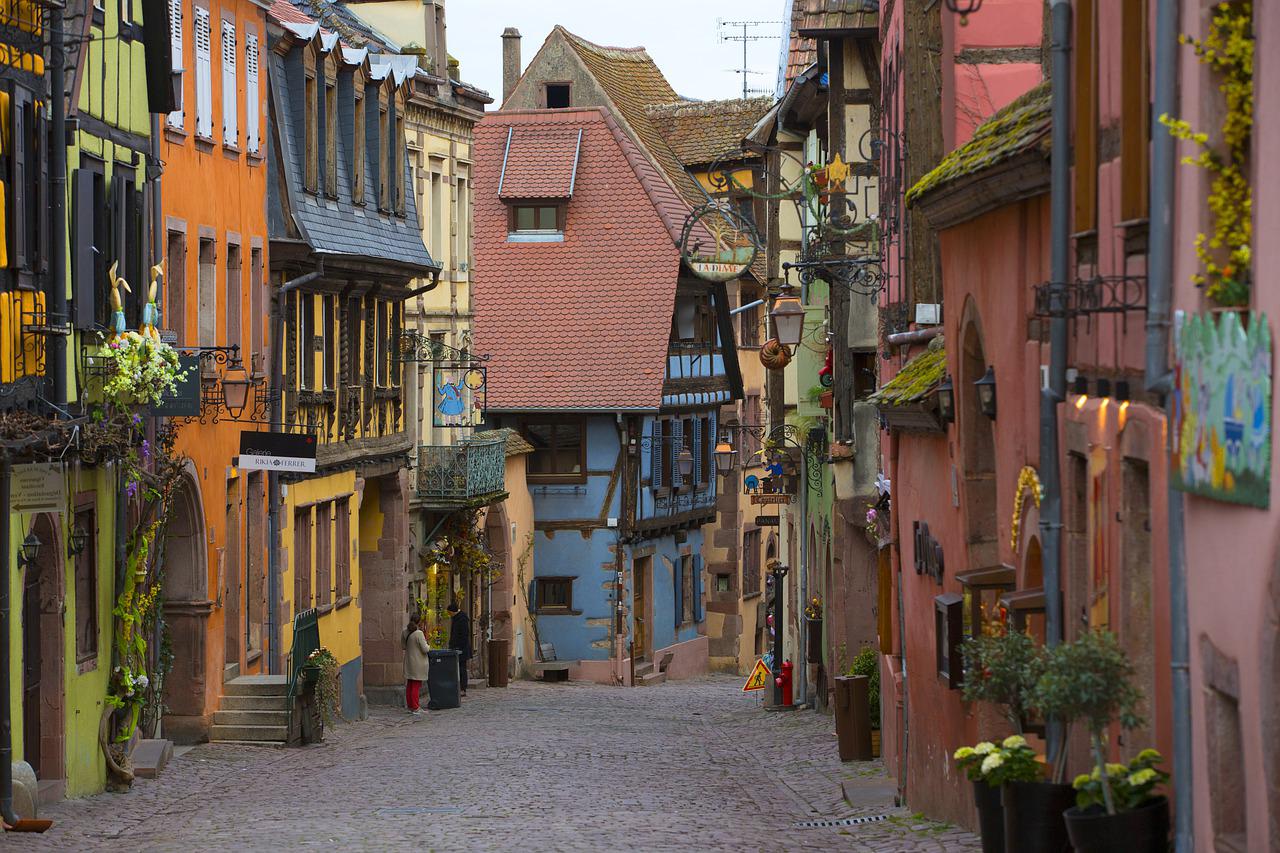
1. Nikon 70-300 mm f/4-5.6G – Most Versatile
What I Like
- Easy to Use
- Super-Affordable
- Different Angles of View
What I Don’t Like
- Limited Manual Focusing
- No Image Stabilization
- Short battery life
Lastly, we have a lens that is targeted toward sports and nature photographers that need a lightweight, versatile telephoto lens with great optics and vibration-free technology, what’s more, it does all that at an affordable price.
The Nikon 70-300 mm f/4-5.6G is made mostly out of plastic with a metal mount, which explains the lightweight. Despite having a total of 17 elements, it still remains portable, weighing as little as 26 ounces.
The zoom ring is very large, making it quite easy to zoom in and out only with your left hand, while not bothering with the right since you will be holding the camera.
The versatility it offers is just wonderful, you will be able to shoot at 70mm focal length, all the way up to 300m, this is nice, especially for nature and wildlife photography.
While the lens hood is rather large, I’d highly recommend leaving it on all the time, since it gives extra protection to the front element of the lens and it eliminates flare and ghosting.
Why should you buy it?
This is a great lens, at the price it comes with you will be hard-pressed to find a better and more versatile lens than this. It has a smooth zoom across all the ranges and it provides really sharp and high-quality images. Despite having some drawbacks there and then, they are nothing groundbreaking. If you are into sports photography, nature, or even wildlife you will enjoy this one.
Sample Pictures of Nikon 70-300 mm f/4-5.6G


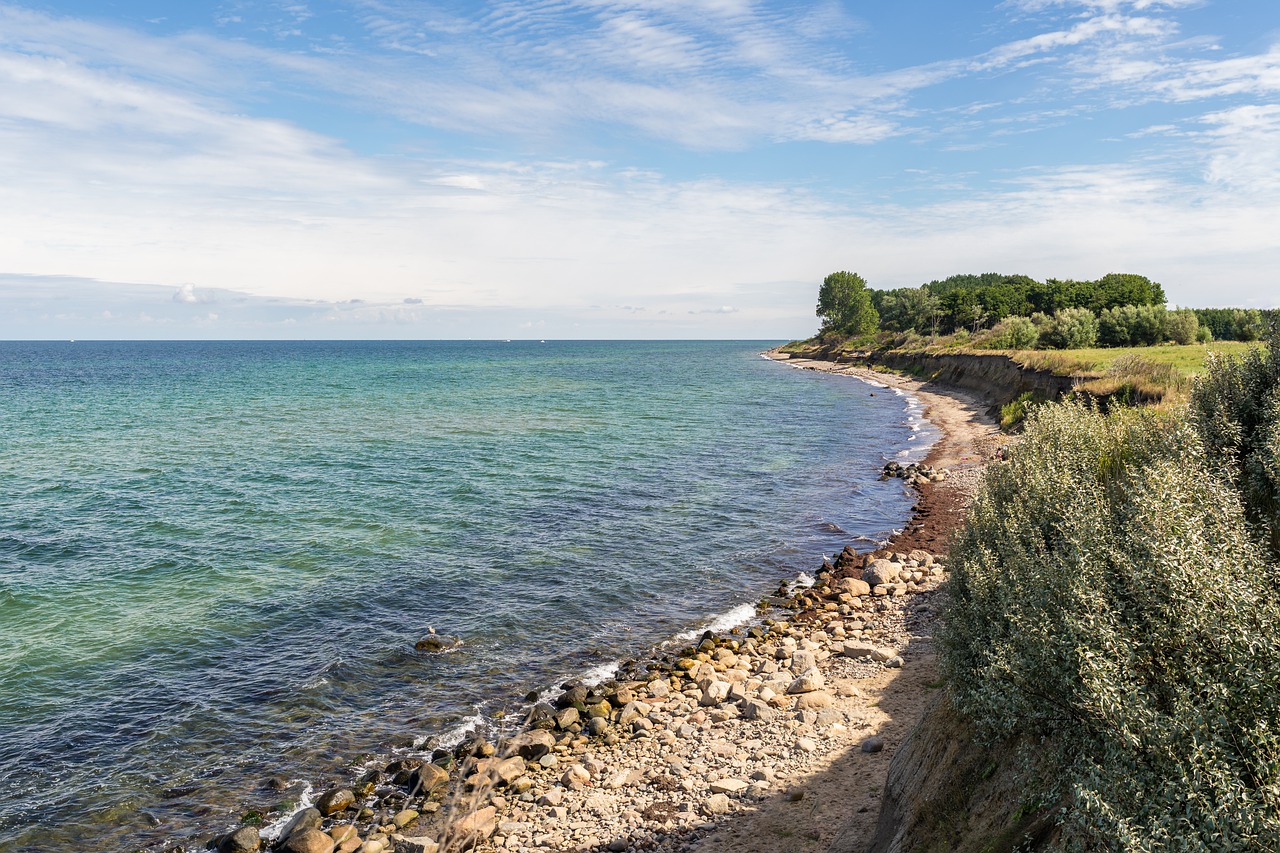
3 Important Factors When Buying A Nature Lens:
Focal Length:
When looking for a nature photography lens, the most common advice you will receive from me, and other photographers would be to pick a wide-angle lens.
What makes them suitable is the broad field of view and long depth.
Basically, the wide lens will let you fit the entire mountain or say nature into the frame.
Zoom or Prime Lens?
The never-ending debate between zoom and the prime lens is present even in nature photography.
Both lenses have their cons and pros. For example, a prime lens comes with a fixed focal length that can’t be zoomed or changed – but in return it offers sharper optics than a zoom lens. While a zoom lens will give you a lot more versatility to play around with your focal length and the costs will be cheaper in the long run.
Weather Resistance/Sealing:
Since you are going to work outdoors, weather outbreaks will most likely occur from time to time, especially sudden rains.
So make sure that your lens and camera are weather-sealed to a decent scale, to survive minimum water splashes.
7 Nature Photography Tips:
Besides having to bring the best lens, here are some extra tips you need to know.
- Use the Natural Light to Your Advantage.
- Use the Water for the Mirror-like Effects.
- Bring a Tripod.
- Use Different Filters.
- Include Foreground On The Pictures.
- Although I was talking more about Spring(It’s my fav season), Try to Capture Different Seasons.
- Make the most of your surroundings.
- Get yourself a variable ND filter.
Frequently Asked Questions
What focal range is the best for nature photography?
Whenever searching for a lens for nature photography, I would advise you to always check the focal length or focal range; based on that, you can use a lens with a wide focal range.
Does nature photography have requirements?
Nature photography requires a good lens in order for every picture to be taken accurately, but besides that, you, as a photographer, can do anything you want when it comes to other requirements.
Do I need a tripod for nature photography?
It is not a must but yes! A tripod will help you capture the best nature photographs, especially if you are into landscape photography.
Final Words:
Capturing photos of nature is really rewarding, and at the same, you take a vacation and breath the fresh air of mother nature; this is a way of me saying, stop being a couch potato(no offense).
I think I have covered everything you need to know so far, all I can say in the end is, to think about your style of photography before making a purchase.
Even two professional photographers will have a hard time agreeing on the same lens and that’s all because each photographer differs from one other. What others find perfect, may not be perfect for you, or vice versa.
Further Reading:
If you liked what you read so far I’ll encourage you to do some more reading. Here you can find the best cameras for outdoor photography.
If you don’t own a camera yet, I’d recommend you get a beginner nature photography camera too.
Moving further you can read about the best sony a6000 traveling lenses or the best a6000 wildlife lenses.
If you need a tripod for your nature photography, you can find the tripods here. Or was it a Steadicam that you needed?
This is it, enjoy.

Photographer & Writer
I specialize in landscape, street and portrait photography and I have been featured in various galleries and publications. I believe that photography is a way to tell stories!

